Indicator Electrode Chemical Reaction
Indicator electrodes are generally employed for titration analysis where the cell potential varies as ions are consumed or produced in a chemical reaction. The potential of a metallic electrode is determined by the position of a redox reaction at the electrodesolution interface.

Electrodes And Potentiometry Ppt Video Online Download
Metallic electrode that is responsive to the activity of an anion with.

Indicator electrode chemical reaction. The ideal indicator electrode must respond in a way which is rapid and repeatable to variations in concentration of single analyte ions or a group of ions. Cobalt chloride hexahydrate is a rose colored solution sodium hydroxide is a. The electrochemical response of uric acid can serve as an example of an EC electrode reaction at least under SW voltammetric conditions.
The indicator electrodes are chosen on the basis of the titration to be carried out. METAL INDICATOR ELECTRODES OF THE FIRST KIND Require a pure metal of that analyte that can be used as the indicator electrode. Electrodes of a First Kind.
Ion-selective electrodes can be reversible both cation and anion. Metallic electrodes which are the sub- ject of this section and ion-selective electrodes which are covered in the nextsection. The potential of a solution that contains an oxidation-reduction couple eg Fe 3 and Fe 2 is dependent on the identity of the couple and on the activities of the oxidized and reduced chemical species in the couple.
For the measured potential to have meaning in this context the reference electrode must be constructed so that its composition is fixed and its response is stable over time with observed changes. Lets discuss how a simple metal electrode can be used to measure the activity of its cation. Indicator electrode Redox indicators the indicator has different color at reduction and oxidation state.
In the symbolic representation of the cell the right-hand side electrode is the cathode positive electrode and the left-hand side is the anode negative electrode. Metallic electrodes in direct equilibrium with the cation derived from the metal. The requirement for fast and reversible color change means that the oxidation-reduction equilibrium for an indicator.
During the chemical reaction the product of electrode. The glass electrode being the most common indicator electrode refers to ion-selective or membrane electrodes. O Cu 005922 pCu 2 Electrodes of a Second Kind.
The operation of such electrodes is based on ion-exchange reactions that occur at the boundaries of membranes with solutions of electrolytes. Two classes of indicator electrodes are used in potentiometry. Potentiometric Endpoint Detection The progress of the reaction as the titrant is added to the analyte solution can be followed potentiometrically using an indicator electrode.
Sn4aq2e Sn2aq Eo 0137V Ti3aq2e Tiaq Eo 077V S n 4 a q 2 e S n 2 a q E o 0137 V T i 3 a q 2 e T i a q E. The reaction at the Ag indicator electrode is The calomel reference half-cell reaction is The reference potential E not Eo is xed at 0241 V because the reference. This biomolecule is quite valuable as it can serve as an indicator of critical diseases such as gout hyperuricaemia and Lesch-Nyhan syndrome.
Give the student the formula of barium hydroxide and sulfuric acid and ask them to predict the product of the reaction. Inert metal electrodes like Pt or Au can be used as indicator electrodes for ions involved in redox reactions that occur in solution but do not include the metallic form of the analyte. The cathode has a higher standard potential than the anode.
Cu 2 2e-Cus E ind E o Cu 005922logCu 2 E ind E. The indicator electrode possesses some characteristic that allows it to selectively respond to changes in the activity of the analyte being measured. Starch changes to deep blue color when excess amount I.
Inert-indicator-electrode potentiometry utilizes oxidation-reduction reactions. Non redox indicator change color when excess amount of titrant exists eg. Dichlorofluorescein the indicator changes to a pinkish color see Harris color plate 2.
Encyclopedia of Physical Science and Technology Third Edition 2003. All standard potentials are reduction potentials that are they refer to a reduction reaction. The given reactions are shown below.
Indicator Electrodes 2 A silver electrode can be used with a reference electrode to measure Ag concentration. Phenolphthalein indicator Electrode Stirring rod Procedure. Types of Metallic Indicator Electrodes.
A redox indicator also called an oxidation-reduction indicator is an indicator which undergoes a definite color change at a specific electrode potential. Due to the simplicity of the redox reaction the potential for such. There are a limited number of metals appropriate for such reactions Ag Bi Cd Cu Hg Pb Sn Ti Zn.
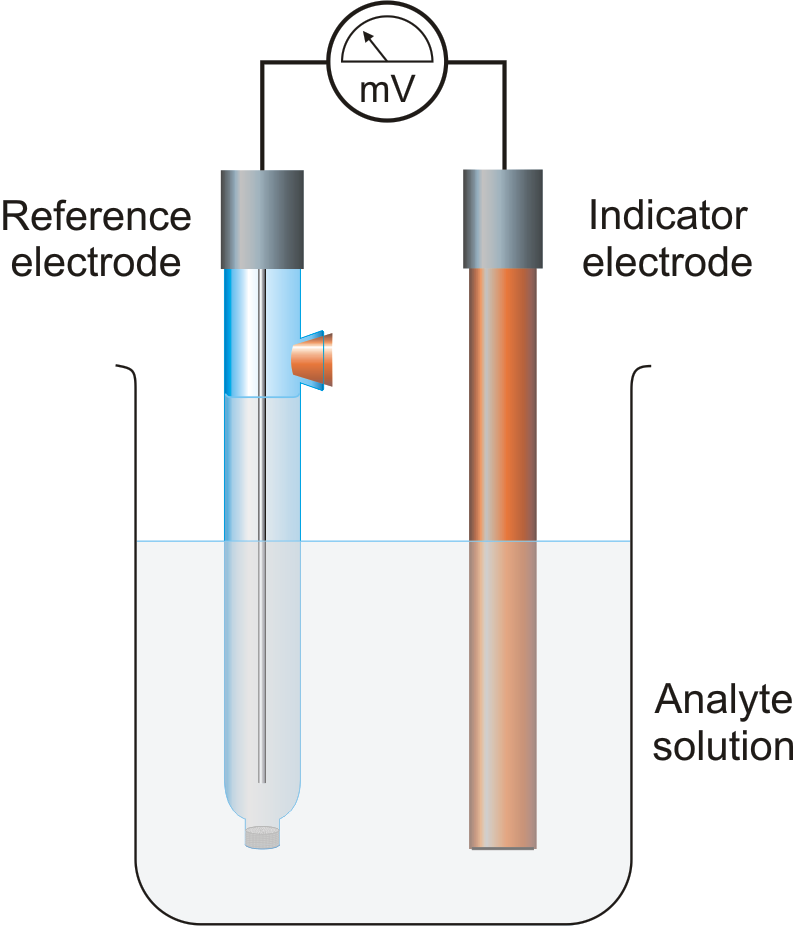
Chemistry Glossary Search Results For Indicator Electrode

Indicator Electrode An Overview Sciencedirect Topics
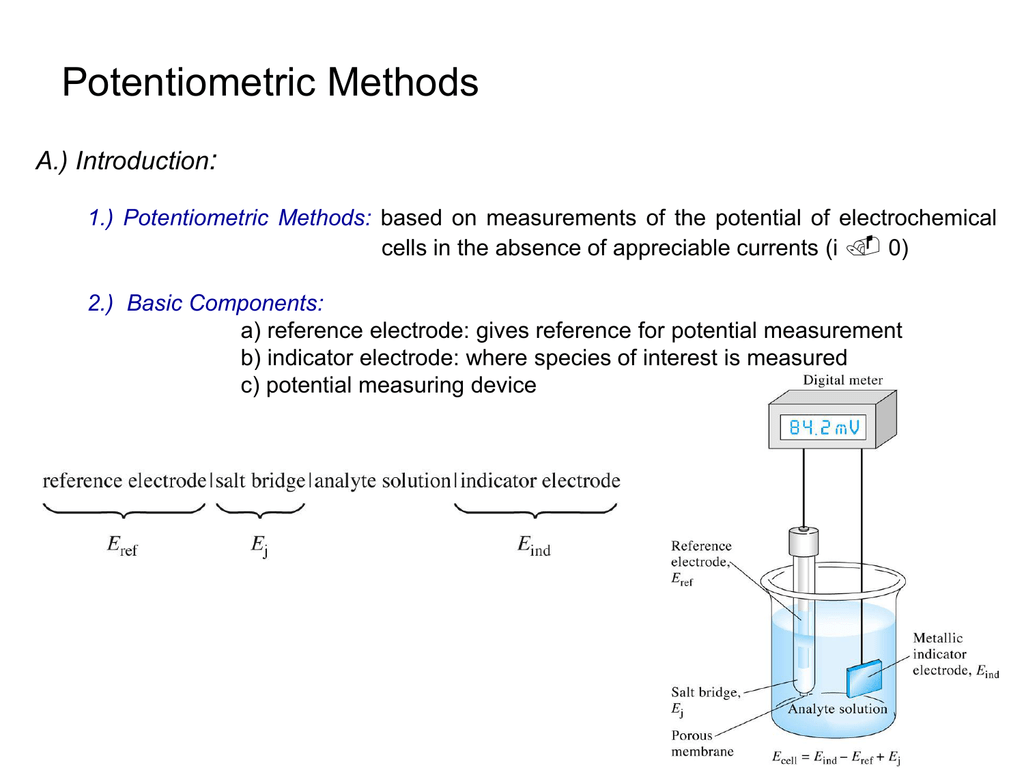
Potentiometric Methods A Introduction

11 2 Potentiometric Methods Chemistry Libretexts

Difference Between Indicator Electrode And Reference Electrode Compare The Difference Between Similar Terms
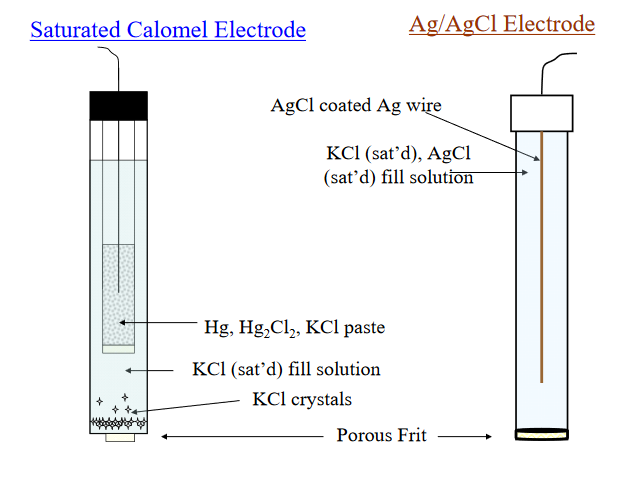
Reference Electrodes Chemistry Libretexts

Indicator Electrode An Overview Sciencedirect Topics
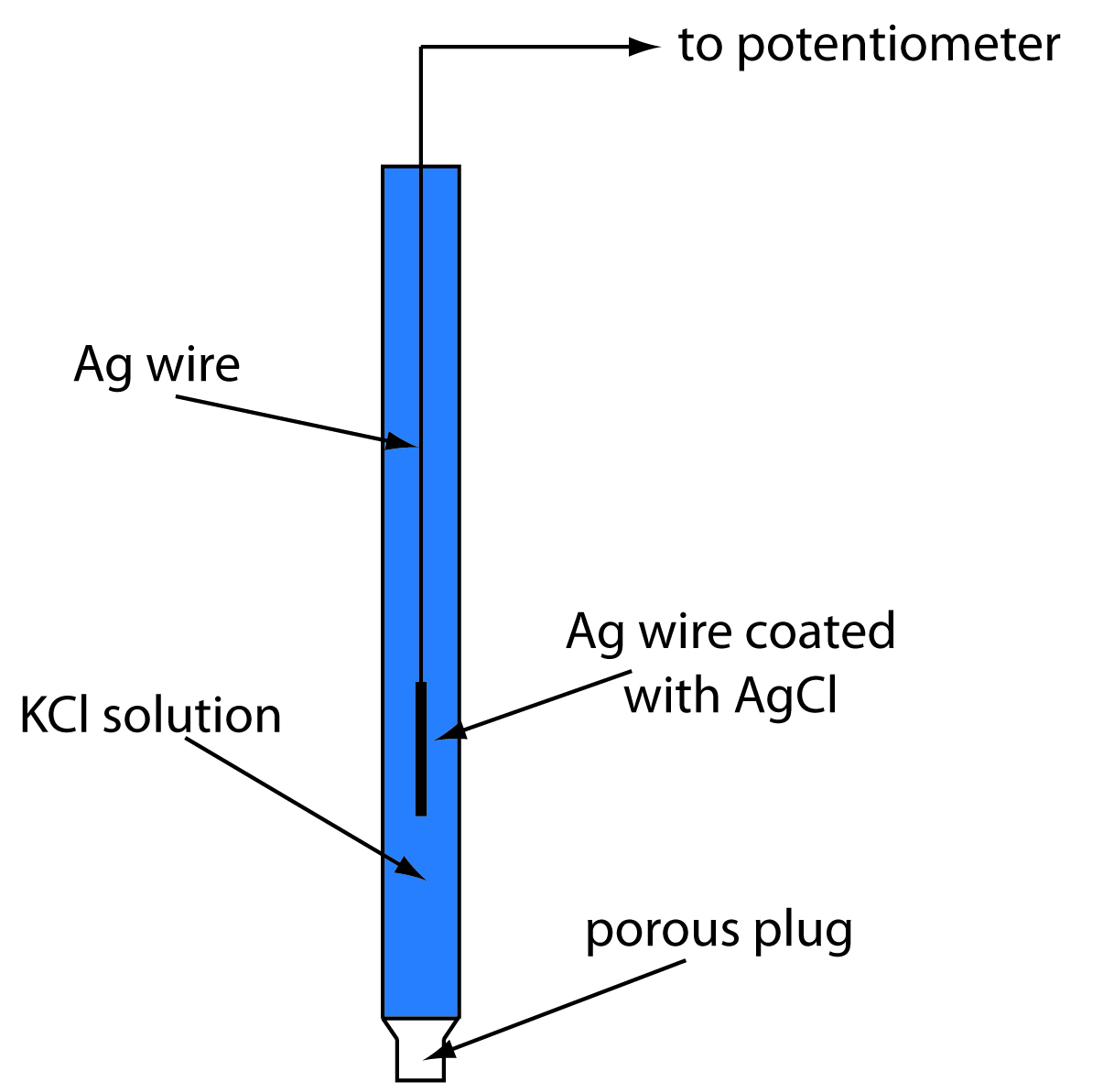
11 2 Potentiometric Methods Chemistry Libretexts
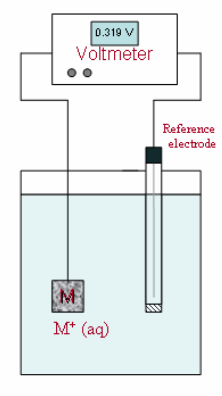
Direct Indicator Electrodes Chemistry Libretexts

Metallic Indicator Electrodes Potentiometric Methods Of Analysis

11 2 Potentiometric Methods Chemistry Libretexts

Difference Between Indicator Electrode And Reference Electrode Compare The Difference Between Similar Terms

Electrodes And Potentiometry Ppt Video Online Download

Ion Selective Electrodes Chemistry Libretexts

11 2 Potentiometric Methods Chemistry Libretexts



Post a Comment for "Indicator Electrode Chemical Reaction"